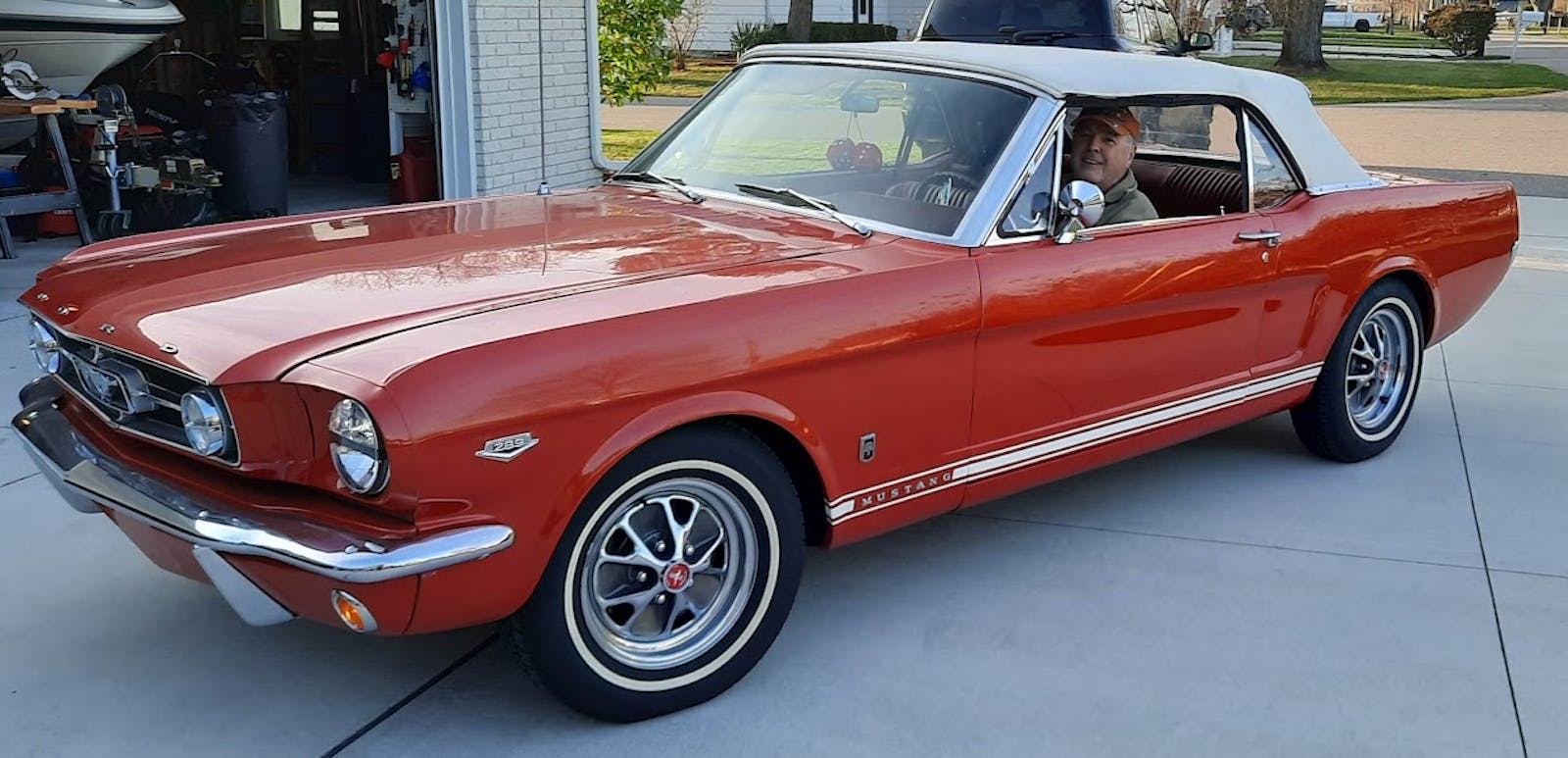The Intermeccanica Apollo is a different breed of hybrid
“Hybrids!” shouted a friend looking over the rumbling queue at a collector car auction we attended recently. “I’m looking for hybrids.”
What kinds of hybrids might interest a collector?
“I’m not talking about green cars, or a Prius, or anything like that, when I say I’m looking for a hybrid,” my friend explained. “I’m talking about those hybrids that have an Italian body with an American V-8 under the hood.”
Specifically, my friend had his eyes on a 1964 Intermeccanica Apollo, a remarkable mash-up of Italian design and Buick mechanical parts created by a team of dreamers that included a European-born Canadian couple, Frank and Paula Reisner. Intermeccanica, the company they started in 1959 in Turin, Italy, while living out of a Fiat 500, has endured to this day. Their son Henry is now in charge, and it continues producing hand-built classics and replicars from its base in Vancouver, BC.
“We’ve never been a big volume business,” explained Henry Reisner, while on an Intermeccanica owners’ outing on Vancouver Island this summer. “We build classic cars for people who want to enjoy them.”
The voluptuous Apollo, which first appeared in 1962, has proved to be an enduringly classic design, combining visual cues from Ferraris and other classic Italian sports cars of that era. It would remain available, in various guises, for more than a dozen years. Yet, continually stymied by undercapitalized partnerships, underfunded marketing and negligible distributor, dealer and service support, the Apollo has remained an object of automotive desire.
The Reisners got their start building performance parts, and then whole cars, for formula and rally racing. Frank Reisner’s real passion, however, was to create a hand-crafted Italian sports car powered by a reliable American V-8. He thought it would resonate with enthusiasts, especially in the United States.
Power for the Apollo would come from a new aluminum 215-cid Buick V-8 (initially, anyway. Intermeccanica later switched to the Buick 300). The body was designed by another Canadian transplant, Ron Plescia, with fine-tuning from the estimable and prolific Franco Scaglione of Bertone, the Italian design firm.
The body for the sleek car was built in Italy, and final assembly took place in California. The Apollo rode on Buick mechanicals that were engineered by Milt Brown and Newt Davis of Oakland, Calif. (Many of the surprisingly utilitarian Buick parts and pieces would also be used on Rover, Vauxhall and Jensen-Healey cars of the day.)
A prototype was shown at the 1962 New York auto show, where it was a hit. A few dozen Apollo coupes and convertibles were produced, but the Reisners needed wealthy partners to help take the enterprise to the next level. Such partners would prove almost impossible to find, so failure was almost inevitable.
Frank Reisner tried selling through partnerships in California, Texas, North Carolina, New Jersey and Europe.
The Apollo project gave way (in no particular order and under various owners) to the Vetta Ventura, the Griffith, the Omega, the Indra, the Italia and the Torino. Reisner revised the Apollo as a 2+2, but it never went into production.
In the mid-’70s, with a design that was more than a decade old and increasing problems with sourcing engines from American automakers, Reisner abandoned the Apollo project. One of his distributors, Erich Bitter, would carry on the design into the 1980s.
Reisner turned his focus to building replicas of classics like the SS Jaguar, Porsche Speedster and Volkswagen Kubelwagen, relocating his company to Vancouver in 1981. Though Frank Reisner died in 2001, his son Henry continues making Intermeccanica’s exacting replicas of Speedsters, Roadsters and Kubelwagens.
20170726011127)

